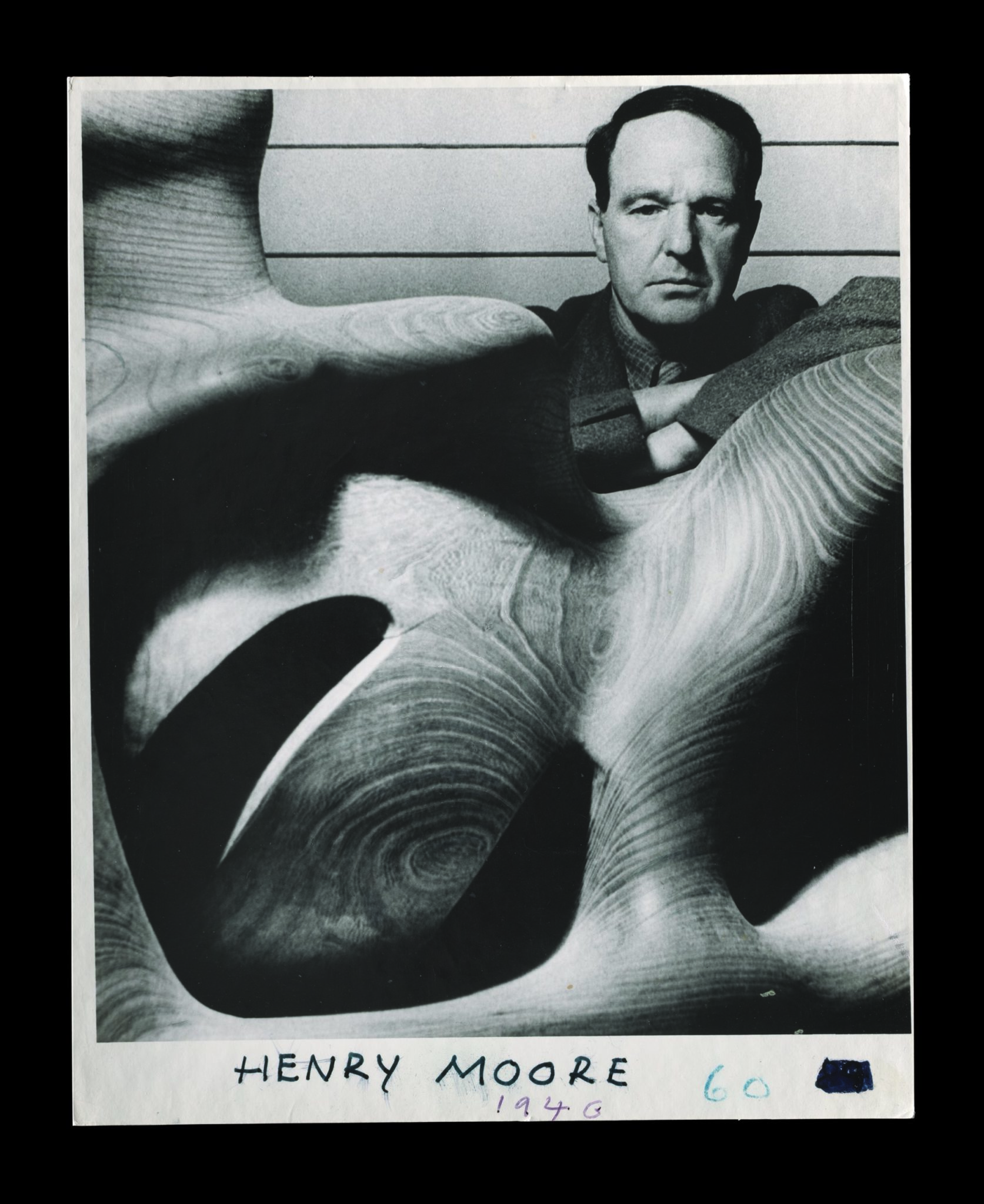Yale Center for British Art showcases Bill Brandt and Henry Moore
At the Yale Center for British Art, two artists come together to paint a scene of life during World War Two.

Courtesy of Bill Brandt (© Bill Brandt/Bill Brandt Archive Ltd.)
A heaviness looms over the Yale Center for British Art, where its newest exhibition shows viewers the haunting reality of British life during the height of World War II.
“Bill Brandt | Henry Moore” follows the intersection of the works from both British artists, whose paths crossed when they were commissioned by the British Ministry of Information to produce images of the human crisis created by the war. Curated by YCBA Deputy Director and Chief Curator Martina Droth, the exhibit follows the postwar artwork produced by both Moore and Brandt and focuses heavily on the parallels between both artists and the subjects they sought to capture.
“This exhibition explores the distinctive expressive goals of Brandt and Moore through the mechanical reproducibility of photography,” says Paul Messier, founder and Pritzker Director of the Lens Media Lab at Yale’s Institute for the Preservation of Cultural Heritage. “Prominence is given to works that are often considered peripheral or secondary: newsprint, magazines, negatives, contact sheets, cut-outs, and unfinished experiments in collage are placed on equal footing as sculptures, drawings, and photographic prints.”
The gallery opens with “Britain at War,” a series of photographs taken by Brandt in underground bomb shelters during the time of the Blitz. Brandt’s black and white photos, typically printed on gelatin silver prints, narrows in on the people as the subject, oftentimes contrasting the normalcy of the person to the jarring and sometimes disturbing elements of the decimated London background.
Henry Moore, who at the time of World War II had already been an established sculptor in the European art scene, captured similar scenes in his sketches, but rather than focusing on the “lived experience of the shelters,” sought instead to make his artwork universal, refusing to “intrude on private suffering.”
The exhibit emphasizes the successful campaign the two artists contributed to in their commission by the Ministry of Information. In a display case lies pages of then-popular British magazines that Brandt submitted photos to on behalf of contributing to the British government’s control of wartime imagery propaganda.
The rest of the exhibit follows the intersection of sculptural and landscape based artwork created by Brandt and Moore in a post-war environment. According to Deputy Director of Research and Curator of Sculpture Martina Droth, the center of these pieces lie in the Stonehenge, the prehistoric monument located in Wiltshire, England.
“After the war, Stonehenge became a symbol of Britain’s resilience, as the nation was rebuilding itself,” said Droth. “Brandt and Moore were both drawn to the formal sculptural qualities of these ancient stones.”
Brandt’s “Stonehenge Under Snow” which first appeared on the cover of Picture Post in 1947 as a political message on Britain’s winter fuel crisis makes an appearance in the exhibit outside its political context right next to many of Moore’s drawings and lithographs that feature the monument. Surrounding these are other photographs taken by Brandt, featuring various landscape locations in Britain and in surrounding countries.
The exhibit also has several of Henry Moore’s smaller trademark sculptures, the classic undulating figures evoking the famous mother-child figure and landscape imagery. A larger sculpture sits in the lobby of the Yale Center for British Art, the travertine marble flooring blending in seamlessly with the carving done by Moore of the same material.
This sculpture and the most other pieces in the exhibit are on loan from the Bill Brandt Archive and the Henry Moore Collection. A number of different private lenders have also contributed their pieces to the exhibit.
To open the exhibit, Droth and Messier are hosting an opening conversation called “Sculpture, Photography, and the Printed Page” on Wednesday, Nov. 16 at 4 p.m. located at the YCBA lecture hall and also available via livestream. Droth, who has also edited a book covering the works of Brandt and Moore, claims that both artists are the parable of modernism. Despite time and location being a critical factor in understanding the works of both artists, their work remains applicable to a political and environmental landscape today.
Katie Trumpener, Emily Sanford Professor of Comparative Literature and English, who regularly teaches a course on civilian experience during World War II found herself personally drawn to the Blitz photographs and drawings. As a result, she will also be leading the gallery talk, “The World of the Blitz: Brandt, Moore, Lilliput.”
“The artists, on the face of it, are quite different — one a German émigré, interested in cataloging the sociology and class stratification of Britain, the other most famous as an anthropomorphizing, abstracting post war sculpturist,” said Trumpener. “Yet they shared this moment and this angle of vision. Art made in or because of the war is not so often exhibited or discussed, though to me at least, is very interesting.”
The Bill Brandt | Henry Moore exhibit opens Thursday, Nov. 17 and will close on Feb. 26, 2023.







